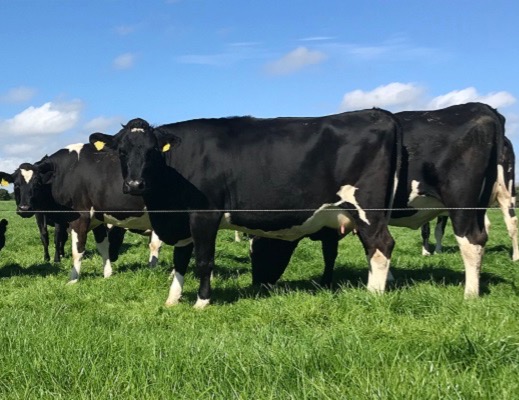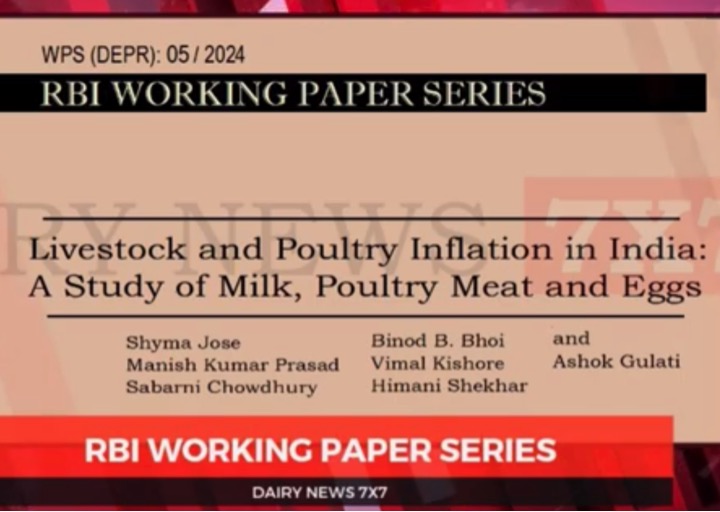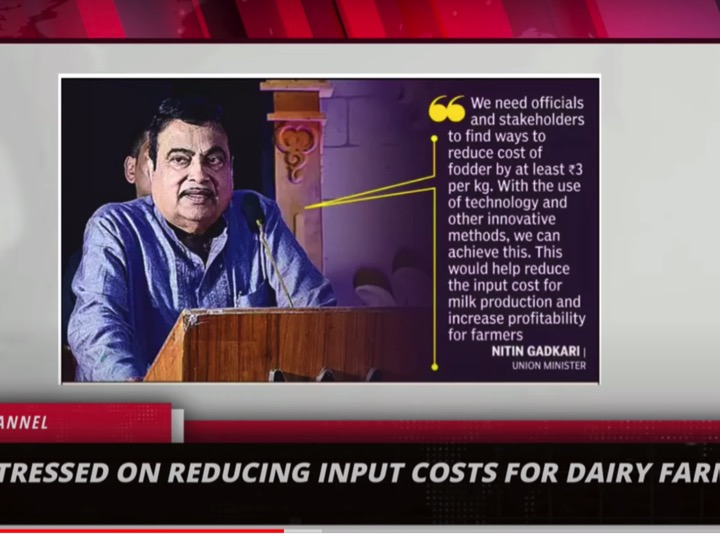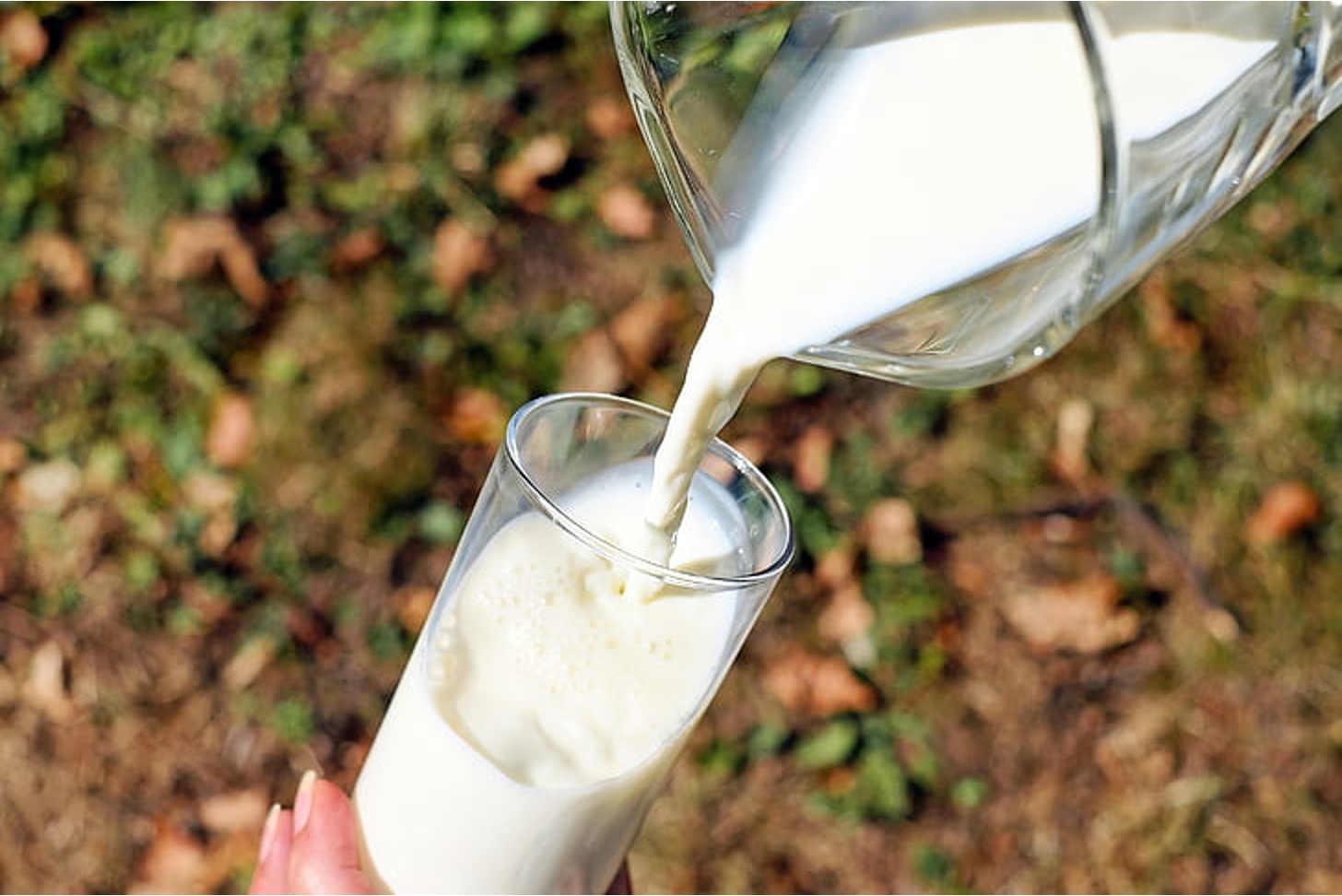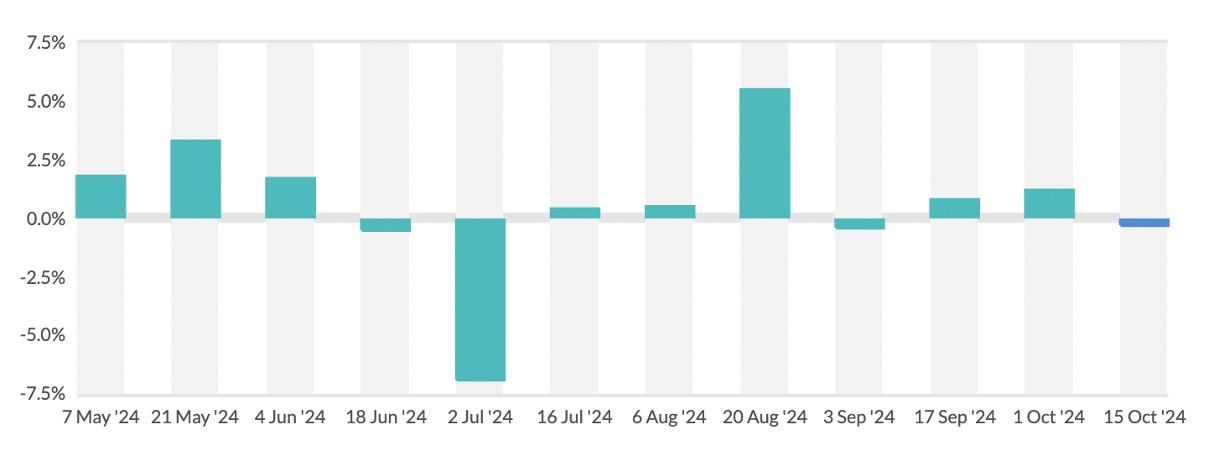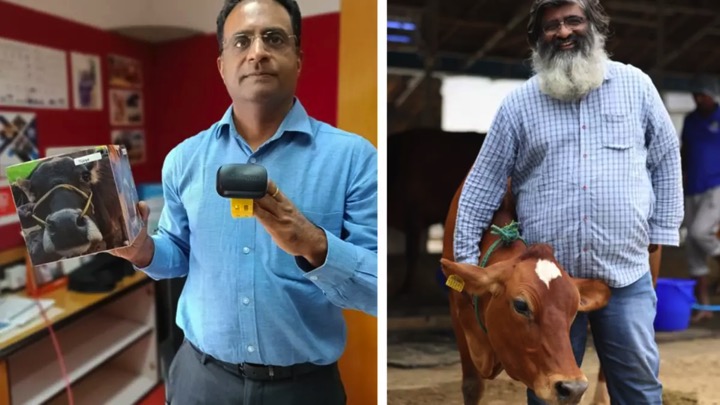Contracting out heifer rearing offers many benefits once both parties take time to draw up a tailor-made agreement that covers all the potential scenarios that can arise, Collaborative Farming Specialist at Teagasc, Ruth Fennell shares the key details.
Cuts to organic nitrogen stocking rates, difficulties sourcing land to lease, high land rents and labour shortages are some of the reasons dairy farmers might consider having their replacement heifers contract reared by another farmer. For the contract rearer, the pluses include not having to buy stock, a steady income through the year and the reduced financial risk associated with a turbulent beef market.
Dairy farmers faced with reducing their stocking rate have several options including:
- Cutting cow numbers.
- Scaling back, or eliminating, the beef enterprise, if they have one.
- Contract rearing the replacement heifers.
- Investigating the possibility of cows dropping a nitrates band.
- Leasing additional land.
- Exporting slurry (the assigned nitrogen content of slurry was reduced in 2023 from 5 to 2.4kg N/m3. The result is that you have exported double the volume to reduce the same level N).
There are financial considerations with all of the above but, in some cases, the cost savings may considerably outweigh the outlays. A combination of the above options should also be considered.
Animal performance
For a contract-rearing arrangement to work long term, it is important that it is a “win-win” for both the dairy farmer and the contract rearer. The dairy farmer must be confident that the rearer is capable of managing his/her stock, achieving good animal performance, reaching the target weight-for age milestones and returning the heifers in-calf and ready to join the dairy herd.
Payments
The contract-rearer must receive healthy calves that have received sufficient colostrum to maximise their well-being and future performance. They must receive a fair price for their labour and payments must be made on time. There should be regular contact with the dairy farmer to update them on how the stock are performing and to discuss any possible issues promptly.
Each contract-rearing agreement should be tailor-made. There are many different arrangements operating successfully on farms and it is important that time and effort is invested into drawing up an agreement. All parties are most likely to be happy if they fully understand what is expected of them.
Making sure that as many potential scenarios as possible are covered in the agreement will result in a better understanding of each party’s role. This will help to prevent possible disagreements in the future. Teagasc has developed template agreements to help in this process.
View the Teagasc contract rearing arrangement template here.
Stocking rates
Removing the replacement heifers from the dairy farm can have a significant impact on the overall farm stocking rate. A farmer with 44ha (110 acres), 100 band II cows, 20 R1s and 20 R2s would have had a whole farm stocking rate of 245kg organic N/ha. By contracting out the rearing of those heifers from when they are calves to 21 months old, he/she is able to drop their overall stocking rate to 217kg organic N/ha.
This also allows for the ground used by the heifers to be allocated to the dairy cows, which should have benefits for cow performance and also save on input costs. In this example, an additional 6ha (15acres) would be required to meet the same equivalent level of organic nitrogen reduction per ha.
Where leasing additional land is being considered, it is important that the financial implications are addressed. In many cases, it would make more economic sense to have the heifers contract reared rather than leasing additional ground.
Aspects to consider
If you are considering contract rearing there are a number of aspects that should be considered. There are advisors in each of the Teagasc area units who have been assigned the role of supporting clients that may be interested in looking at contract rearing. These advisors can discuss your options and help you decide if this might be an arrangement that might suit you and your farm.
In addition, the Teagasc contract rearing template is a useful document for starting the conversation as to how the arrangement could work. In addition, there is an Excel-based calculator that can be used to determine the proposed costs. This allows for the costs associated with each rearing term to be divided up into six distinct time periods, starting with calf rearing and going right through to the point of calving.
The programme can therefore be tailor made to suit all of the different rearing arrangements that are in place. It also takes into account your own labour, a land opportunity cost and your estimated rates for the associated variable costs. Depending on the term of each specific arrangement, costs will be based on your own input cost guidelines. These calculations can be done with your Teagasc advisor, who can guide you through the process.


